Shortage Impact Calculator
Estimate the potential impact of medication shortages on your facility. Based on the U.S. study showing 15% more medication errors during substitution transitions, this tool helps you understand the risks of inadequate preparation.
When your hospital runs out of morphine, or the IV antibiotics your patient needs don’t arrive, you don’t get a warning. You just wake up to a broken system. In 2022, the U.S. faced 287 drug shortages, affecting nearly one in five essential medications in hospitals. This isn’t a glitch-it’s a pattern. And it’s getting worse.
Why Medication Shortages Keep Happening
Most shortages aren’t caused by sudden demand spikes or natural disasters. They’re caused by broken manufacturing. In 2022, 46% of shortages came from quality problems at production facilities-contaminated batches, failed inspections, or outdated equipment. These aren’t random mistakes. They’re systemic failures tied to how generic drugs are made. Generic sterile injectables-like saline, morphine, vancomycin, and chemotherapy drugs-are the most vulnerable. Why? Because they’re made by just three companies that control 75% of the market. One facility shuts down for a regulatory issue, and suddenly half the country loses access to life-saving IV meds. And it’s not just U.S. problems. About 80% of active pharmaceutical ingredients (APIs) used in American drugs come from overseas, mostly China and India. A single factory delay overseas can ripple through U.S. hospitals for months. The average shortage now lasts 9.8 months, up from 6.2 months in 2015. Oncology drugs? They’re stuck in shortage for over a year on average.Who Gets Hurt the Most
It’s not just hospitals. It’s the patients. Rural clinics, safety-net hospitals, and Medicaid providers get hit hardest. According to the American College of Physicians, 78% of these facilities have had to cancel or delay procedures because a drug wasn’t available. Patients with cancer, sepsis, or chronic pain don’t get to wait. They get substituted, delayed, or sent home. Pharmacists are the first line of defense-but they’re overwhelmed. A 2022 survey of 1,200 hospital pharmacists found that 92% reported increased workloads during shortages. Many worked over 12 extra hours a week just to find alternatives, check for contamination, or coordinate with other hospitals. Nurses reported patient wait times for critical meds jumped by 22 minutes on average. And it’s not just delays. Substitutions can be dangerous. When morphine ran out, some hospitals switched to hydromorphone. But the dosing is different. One study showed 15% more medication errors during that transition. These aren’t theoretical risks. They’re real, documented harms.What Hospitals Are Doing Right
Some hospitals are fighting back-not with luck, but with structure. The Mountain Plains Regional Drug Handicapping and Rehabilitation Services (MPRDHRS) project showed that hospitals with dedicated shortage teams saw fewer errors and faster responses. These teams include:- Pharmacists who track inventory in real time
- IT staff who log every substitution and error
- Nurses who map how shortages disrupt workflows
- Risk managers who assess patient safety within 24 hours
- Communications leads who update staff within 4 hours of a change
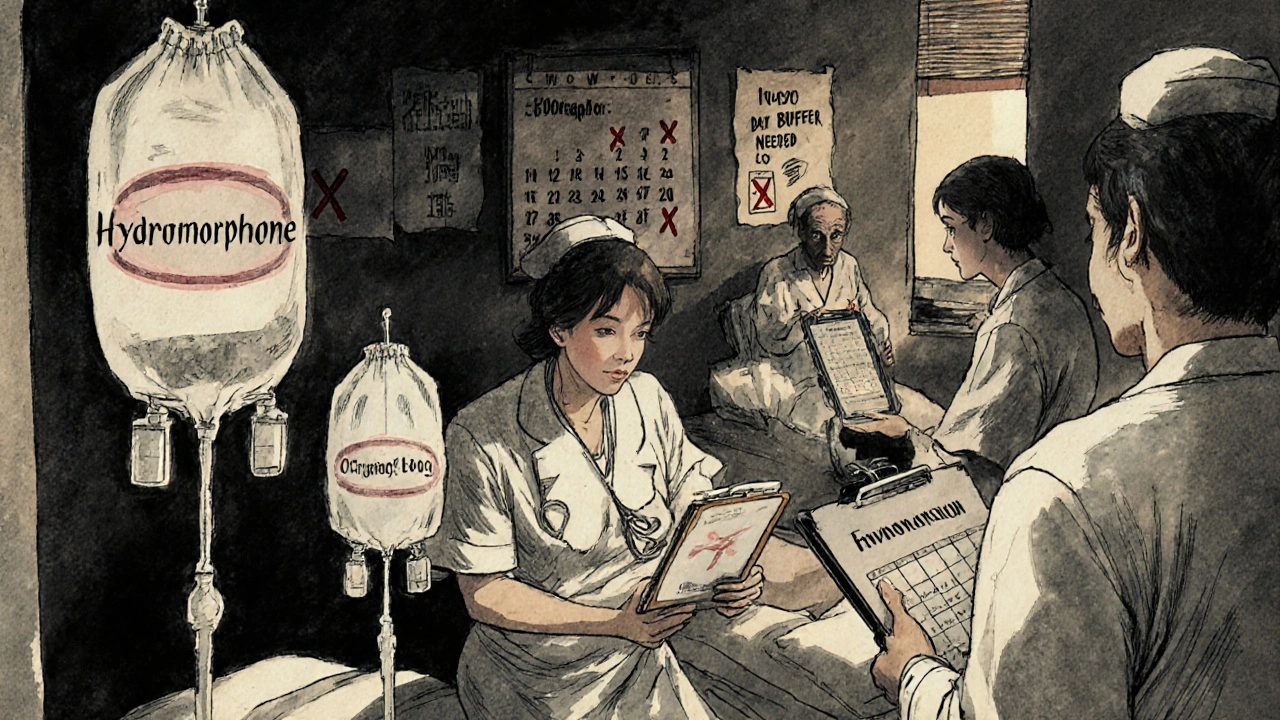
What You Can Do Now
You don’t need a hospital budget to prepare. Here’s what works in real settings:- Know your formulary’s critical drugs. Make a list of the top 10 meds your unit relies on-especially injectables. Check them weekly.
- Sign up for FDA’s Drug Shortage Database. It’s updated daily. Don’t wait for your supplier to tell you. Check it yourself.
- Build a substitution protocol. Don’t wing it when morphine runs out. Pre-approve alternatives with your pharmacy and medical staff. Include dosing conversions, warnings, and monitoring requirements.
- Track errors during shortages. If you switch from Drug A to Drug B, record if more mistakes happen. That data pushes hospitals to act.
- Communicate early. If you see a supplier is late, tell your pharmacy team. Don’t wait for the order to fail. Early warning = more time to adapt.
Why the System Isn’t Fixing Itself
The U.S. relies on voluntary reporting. Manufacturers aren’t required to tell the FDA about potential shortages until it’s too late. Even then, only 65% comply. Meanwhile, Medicaid and 340B drug rebate programs make it financially risky for companies to invest in reliable production. If they fix a plant, upgrade equipment, or hire more inspectors, they can’t raise prices to cover it-because rebates eat the profit. Germany keeps national stockpiles of critical drugs. France mandates early reporting. Both cut shortage durations by over a third. The U.S. has no such system. The Strategic National Stockpile holds emergency supplies for bioterrorism or disasters-but not for routine drug shortages. The HHS created a new role in 2022: Supply Chain Resilience and Shortage Coordinator. Progress is slow. The FDA’s draft guidance on risk management plans is expected to finalize in 2024. But without financial incentives, manufacturers won’t change. Dr. Scott Gottlieb put it bluntly: “We need to pay for reliability, not just low cost.”
What’s Coming Next
There’s hope-but it’s technical, not political. Advanced manufacturing tech, like continuous manufacturing, could shrink production changeovers from weeks to hours. That means if one batch fails, the next one starts the same day. If 50% of factories adopted this, shortages could drop by 40%. The American College of Physicians is pushing for Medicare to reward manufacturers who maintain reliable supply chains. Imagine if a company got higher reimbursement for producing drugs with fewer quality issues. That could unlock $1.5 billion in new investment. But until then, the burden stays on the front lines. Nurses. Pharmacists. Doctors. They’re not just treating patients. They’re jury-rigging a broken system.Final Thought: This Isn’t About Scarcity. It’s About Design.
We don’t lack drugs. We lack systems that protect their flow. A car doesn’t break down because it runs out of fuel. It breaks down because the fuel line is clogged, the pump is faulty, or no one checks the tank. Medication shortages aren’t accidents. They’re the result of decisions made years ago-cutting corners on manufacturing, ignoring supply chain risks, and pricing drugs so low that no one can afford to make them safely. You can’t fix this alone. But you can be part of the solution. Know your drugs. Track your data. Speak up. And don’t wait for someone else to fix it.What should I do if my hospital runs out of a critical drug?
First, check the FDA’s Drug Shortage Database for official updates. Then, consult your pharmacy team for approved alternatives. Never substitute without a documented protocol. Track any errors or delays caused by the switch. Report your findings to your shortage management team-if your hospital doesn’t have one, start pushing for one.
Are generic drugs more likely to be in shortage?
Yes. In 2022, 63% of all drug shortages were generic sterile injectables. These are low-cost, high-volume drugs made by few manufacturers. Because profit margins are thin, companies rarely invest in backup equipment or multiple production lines. When one facility fails, supply collapses.
Can I order drugs from another country to fill a shortage?
No. Importing drugs from overseas is illegal under U.S. law unless done through approved channels like the FDA’s importation program-which is extremely limited and not available for individual hospitals or clinics. Unregulated imports carry serious safety risks, including contamination or counterfeit products.
How do I know if a drug shortage is real or just a delay?
Don’t rely on supplier emails. Check the FDA’s Drug Shortage Database directly. It’s the only official, real-time source. If the FDA lists it as a shortage, it’s confirmed. If it’s not listed but your order is late, treat it as a potential shortage and begin contingency planning immediately.
What’s the difference between a drug shortage and a supply delay?
A supply delay is temporary-like a shipment stuck in customs or a minor production hiccup. It’s usually resolved in days or a couple of weeks. A shortage is when supply is consistently below demand for months. The FDA defines a shortage as a situation where the available supply can’t meet projected demand. If it lasts over 30 days and affects multiple facilities, it’s a shortage.
Is there a national stockpile for drugs in the U.S.?
The U.S. has the Strategic National Stockpile, but it’s designed for emergencies like bioterrorism or pandemics-not routine drug shortages. It doesn’t hold common hospital drugs like morphine, saline, or antibiotics. There’s no national reserve for everyday medication needs.
How can I advocate for change in my hospital?
Start by documenting the impact. Record how often shortages delay care, increase workload, or cause errors. Present this data to your pharmacy and administration team. Push for a formal shortage response team with clear roles and weekly meetings. Use the MPRDHRS model as a template. Change happens when data overrides silence.
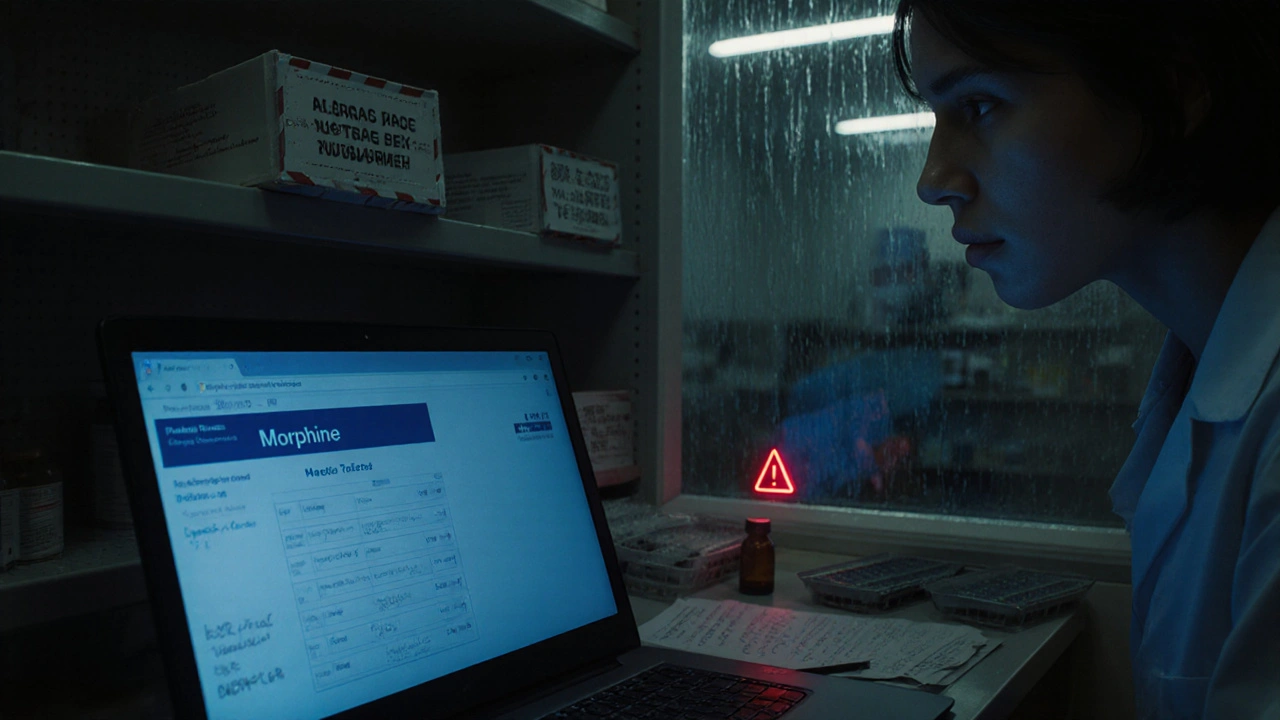
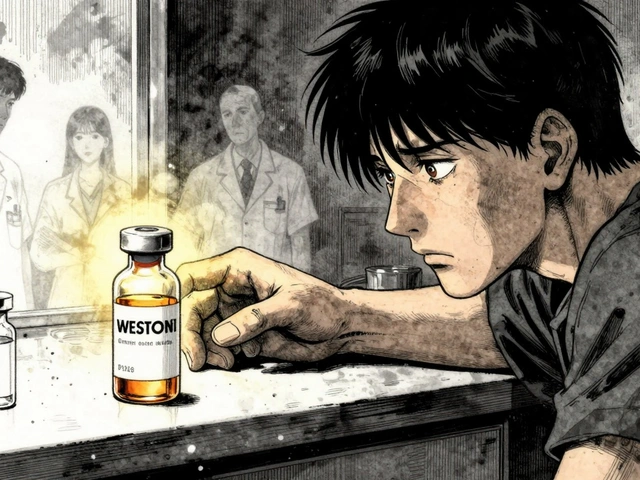

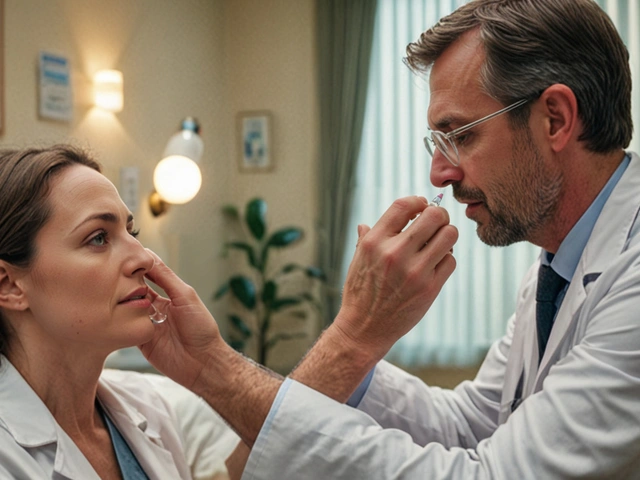
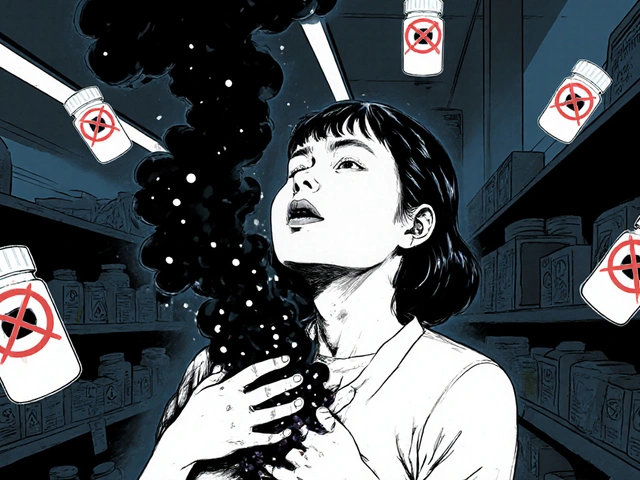

Sachin Agnihotri
November 28, 2025 at 10:50
Man, this hit home. I work in a rural ER in Gujarat, and we’ve run out of morphine twice this year. We had to use paracetamol IVs-yes, really. It’s like trying to put out a fire with a squirt gun.
And yeah, the FDA database? Lifesaver. I check it every morning before coffee. No more guessing.
Also, why do we still let three companies control all the sterile injectables? It’s like having one bakery make all the bread in the country. One oven breaks, everyone starves.